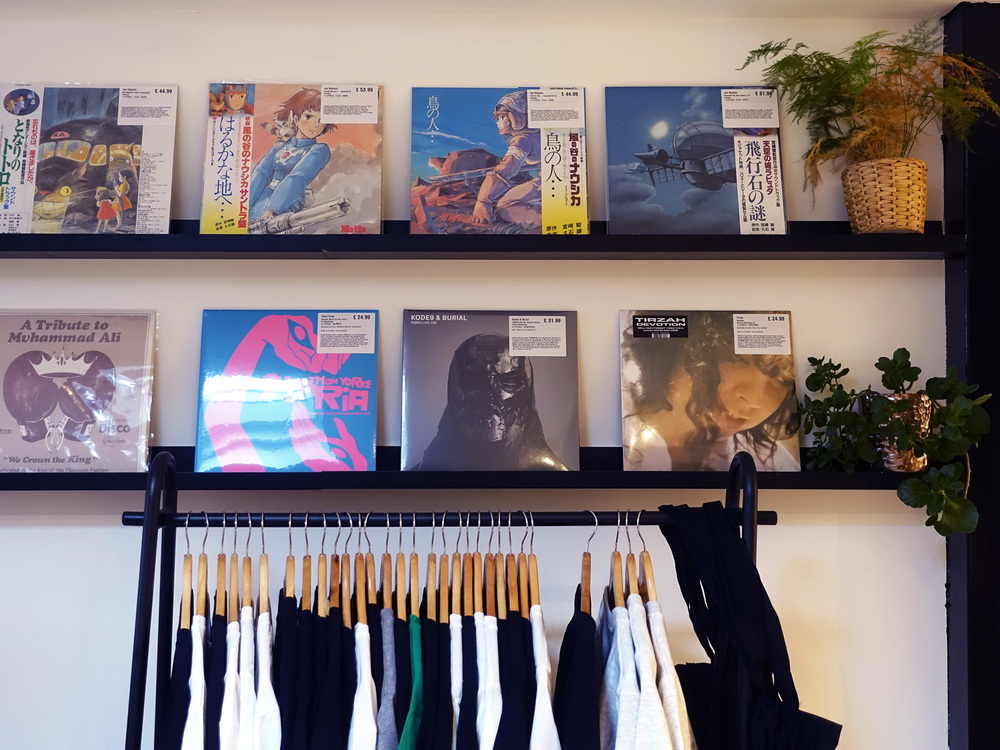Do you know what you’re buying your mum for Christmas? Me neither, but myself and 60% of consumers are relying on online sources such as Amazon, Google Shopping and eBay to get our Christmas shopping […]
Do you know what you’re buying your mum for Christmas?
Me neither, but myself and 60% of consumers are relying on online sources such as Amazon, Google Shopping and eBay to get our Christmas shopping done early this year.
That doesn’t mean, though, that shoppers won’t be looking to high street stores to provide some festive inspiration.
In fact, shopping with Christmas lights looming overhead and the smell of mulled wine on a freezing, December evening is a ritual many Brits love, even if there are squabbles over the last Bose headphones in HMV.
Pop-Ups are the future of high street retail
When online shopping is all too easy, shoppers need to be tempted out of their house and into the cold. The retailer’s job is to incentivise them to do this, with warm, immersive and innovative store-atmospheres.
How can pure play stores and concessions get a piece of the action and connect the online and offline worlds effectively?
A growing trend during the winter period is the pop-up experience. Temporary stores appear for a short period of time, often providing experiences or events to encourage new customer interaction and obtain customer data.
Pop-ups aren’t only for winter, however. They can be work well during any peak-trading points throughout the year the brand deems beneficial to their business.
As of last year, the UK’s pop-up industry was estimated to be worth 2.3 billion, according to EE‘s Britain’s Pop-Up Retail Economy report.
Pop-up shops are for experimenting
Pure play and concession stores are beginning to play with the idea of an offline presence.
Utilising a pop-up to test this during the busiest period of the year is a low-risk, valuable strategy without committing fully to a permanent store.
However, retailers with physical stores can also use pop-ups to test strategies which combine online and offline.
In 2011, John Lewis and Waitrose to open a virtual store with a window display showing the retailer’s 'top 30 things to buy for Christmas’. Shoppers could scan the QR code and be taken to the product page where they could order for click and collect.
This year’s notable pop-up shops
Not on the High Street
This year sees the return of the pop-ups of the UK’s much-loved, pureplay gifting brand, Notonthehighstreet.com.

Source: Notonthehighstreet.com
In 2016, they celebrated their 10-year anniversary by opening a pop-up in old Spitalfields Market.
This year, they opened two; one in Waterloo station and another in Westfield White City shopping centre.
Keen on marrying online and offline retail, it’s a move that signifies their belief that online isn’t a lost cause.
Bleep.com
The online record store, Bleep.com has opened a ‘physical embodiment’ of their pureplay store in Dalston, London, selling vinyl, clothing, prints and more.

Source: Bleep.com
Events run regularly which are a good way of measuring the success and engagement of a pop-up.
Curated Crowd
From the 4th of December to the 16th, ecommerce platform, Curated Crowd will be hosting their pop-up in Mayfair.

Source: Curated Crowd
Curated Crowd, similar to Bleep.com, will bring along 22 designers and host special events where the public will get the chance to meet them.
Amazon Fashion
In October this year, Amazon opened their first British fashion store pop-up on Baker Street, London. Open for one week only, the purpose of the pop-up was to acquire feedback on their clothing ranges, prices and store experience.

Source: Amazon
Amazon also held events such as beauty trend discussions, yoga sessions and live music. Customers were able to purchase goods in the traditional way, scan codes on product tags with Amazon’s mobile app or use in-store tablets for home delivery.
To obtain feedback, Amazon handed out questionnaires to customers.
How to measure pop-up success
Questionnaires and email capture aren’t your only method of measuring success, however. Here are a few ways to measure the success of your pop-up.
Social media monitoring
Keeping an eye on the social media interactions via hashtags, check-ins and related keywords surrounding your event will keep you in the know, and help you understand how shoppers react to it.
Voucher codes and discounts
This can be done via online codes distributed on the website, or through social media channel such as Instagram or Facebook. You’ll have an idea of how many shoppers redeemed codes and from where they got them.
When deciding where to place physical shops, or whether to place one at all, pop-ups are a great way to trial the effectiveness and gather qualitative feedback from consumers.
Beyond the pop-up store, many former pureplay retailers such as Missguided and Sweaty Betty are now opening limited numbers of retail stores to extend the reach of the brand and provide more immersive experiences.
Retailers are increasingly using local inventory ads (LIAs) and Facebook dynamic product ads to help drive online traffic to in-store.
The benefits for retailers and consumers are numerous, with retailers able to cross-sell and increase overall customer spend and customers given easy collection and the ability to change or return items there and then - see our article on how this works:
Get Started with Your Online to Offline Retail Strategy
Or, for more information, get in touch with us.









 River Island
River Island